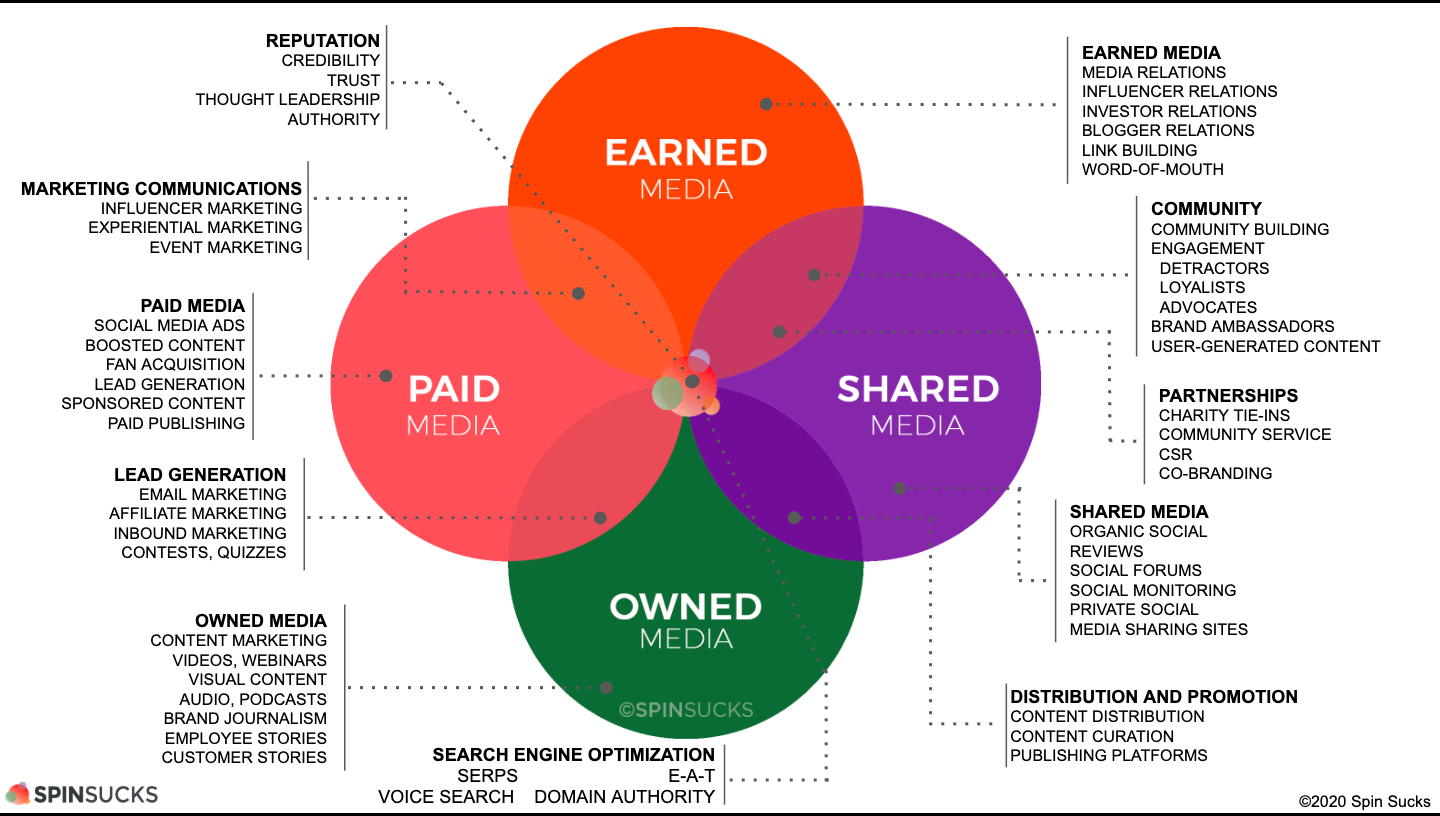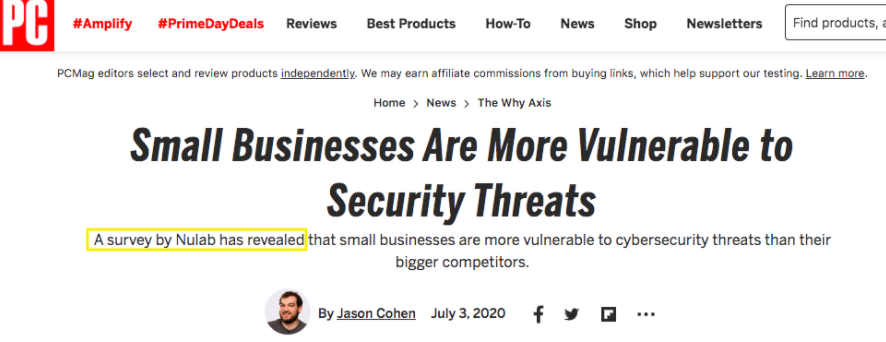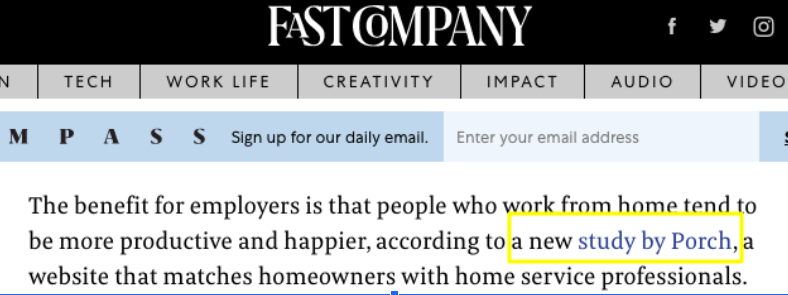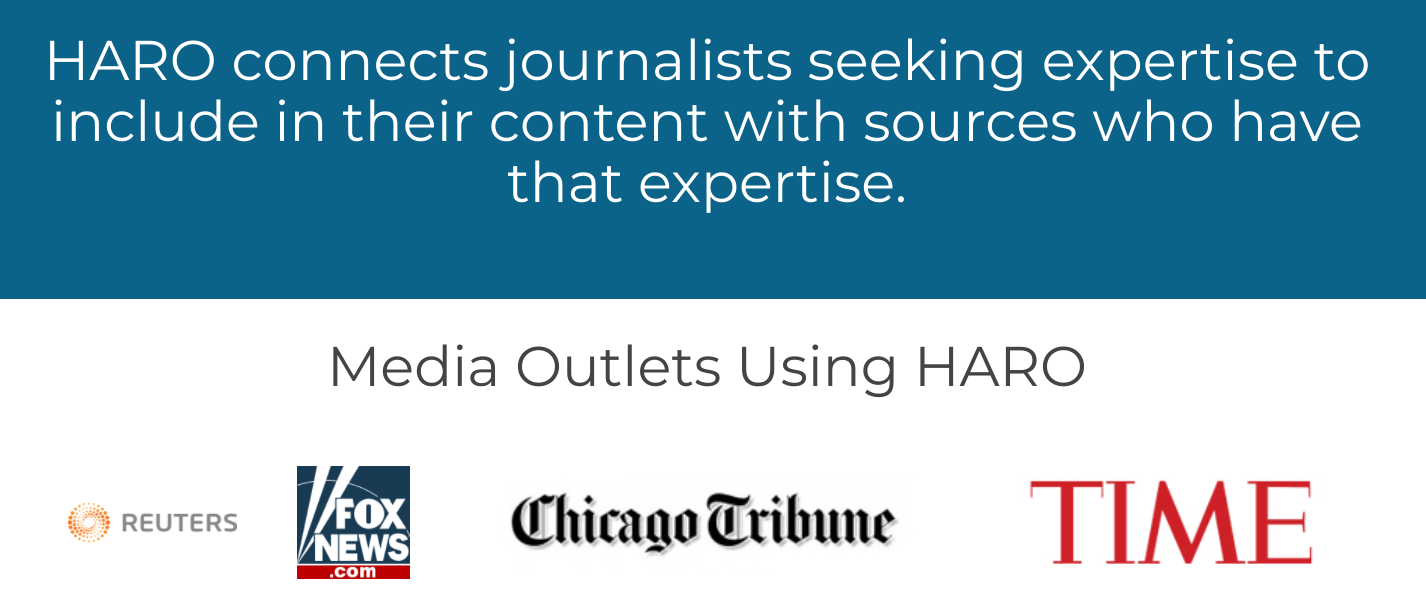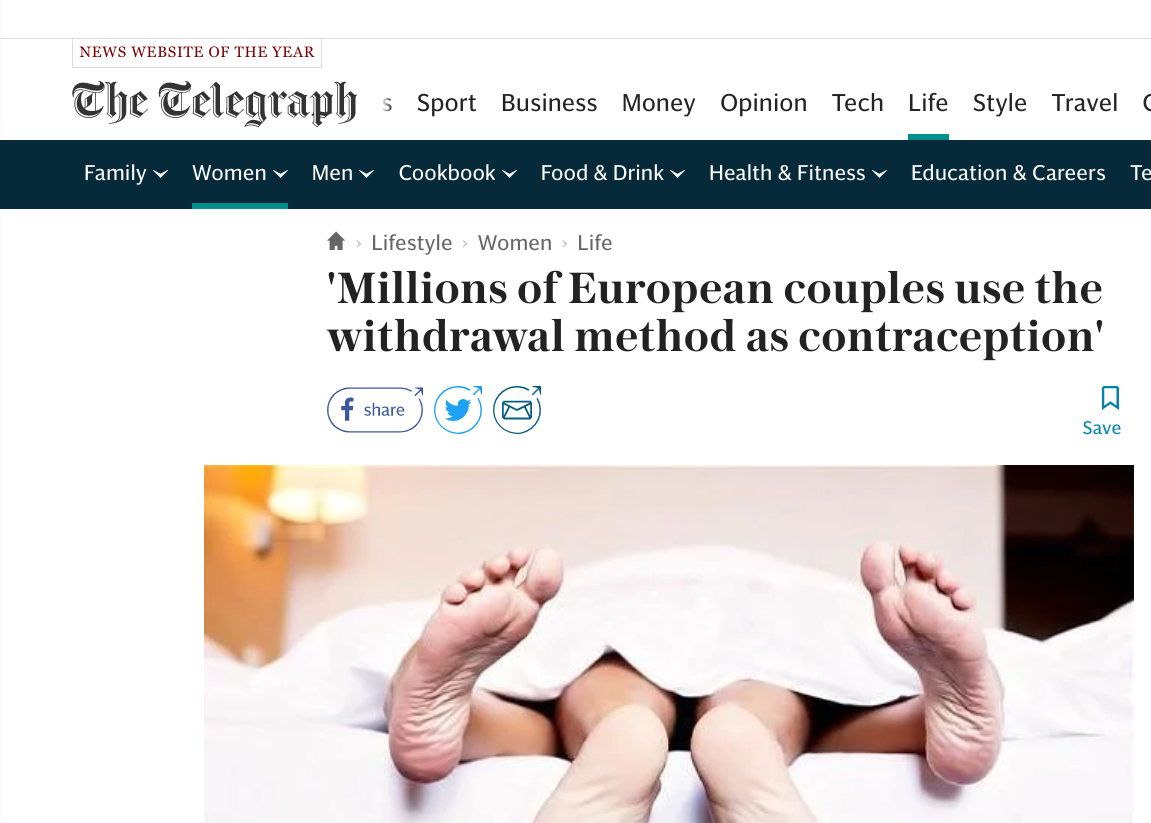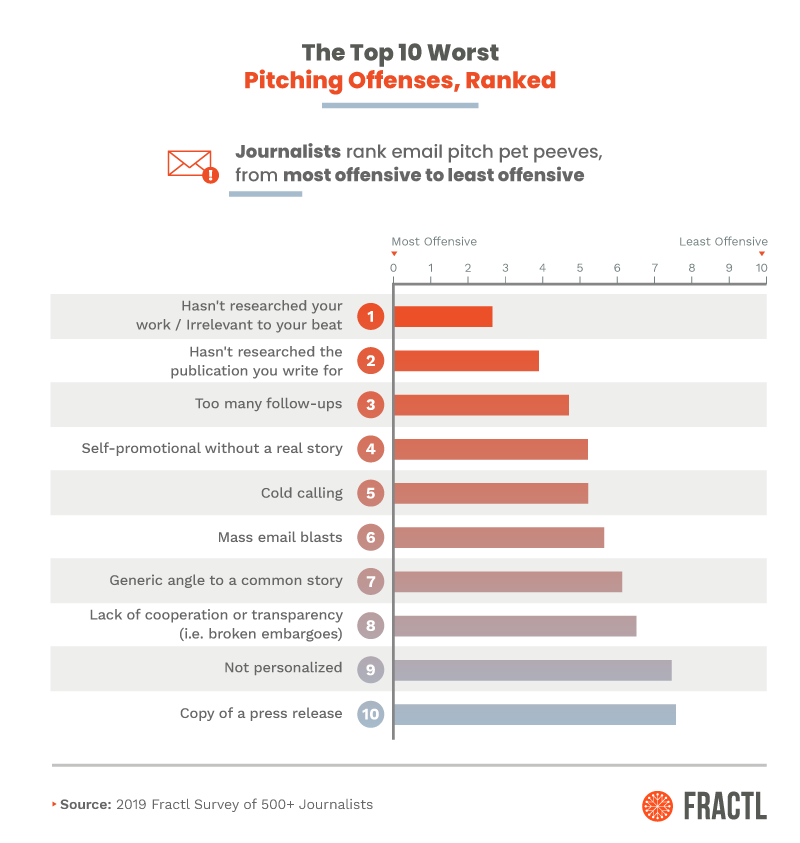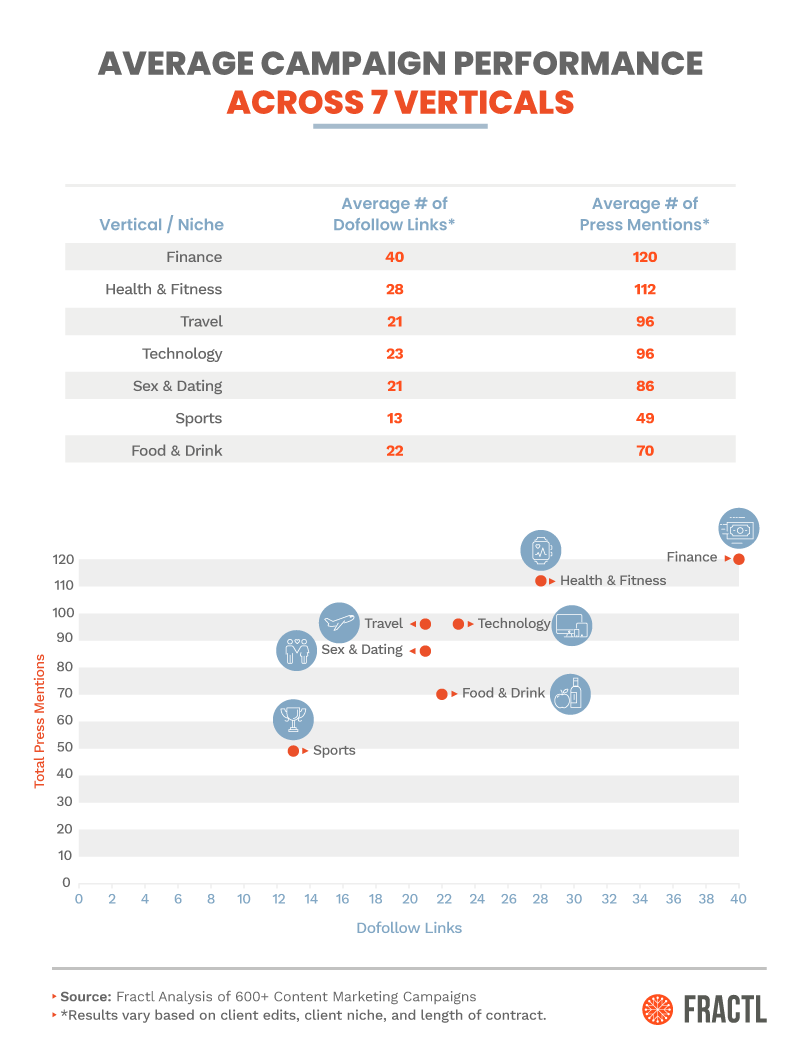In today’s fragmented marketing landscape, it’s imperative that brands focus on developing content strategies that can drive cross-channel value and engagement across the numerous platforms their target market uses.
We see brands pouring millions of dollars into Super Bowl commercials and social media ad spending, which hit $207 billion globally in 2023. However, the growth of earned media strategy has shown us another way to get people talking about your brand — often without a huge cost.
Earned media, an integral part of an effective digital marketing strategy, is now taking center stage, elevating brand awareness, engagement, authority, and search engine rankings.
What Is Earned Media?
Earned media, in its simplest definition, is coverage your brand earns by providing valuable content to mainstream media outlets. It’s not sponsored content where you pay a premium to be featured in a news story with zero SEO value, nor is it paid ads where the “faucet needs to be constantly on to drive value.”
Earned media drives more sustainable brand value by growing a brand of authority through the following tactics:
- Pillar pages are developed to educate your target market through in-depth FAQ style posts and guides on mid-bottom funnel keywords relevant to your brand. These pages educate and nurture your audience while increasing your brand’s presence in the SERPs, driving your qualified organic search traffic.
- Proactive PR strategies focus on earning links to your money pages by pitching them to niche-relevant publishers who are eager for helpful resources relevant to their beat, helping you earn brand coverage and deep links to key pillar pages, driving specific page authority and rankings.
- Reactive PR strategies drive social engagement and thought leadership focused on your brand adding value in a breaking news cycle through rapid data acquisition and analysis on trending news and actionable expert quotes from subject matter experts.
- Data Journalism Campaigns earn high-authority backlinks from publishers who feature your brand when you produce more in-depth, evergreen research and data analysis that provides value on more top-mid funnel or tangential topics that drive interest at a national or regional level.
- Resource Link Building Campaigns earn .gov or .edu links by designing the most robust, actionable industry guide on mid-bottom funnel topics that address key pain points of your target market and position your brand as a trusted, knowledgeable resource.
Collectively, these earned media strategies are all designed to drive high-authority backlinks that act as trust signals for Google, allowing your brand to increase its Domain Authority, site rankings, and qualified organic search traffic. While all types of earned media support building brand awareness and authority, earned media has the potential to drive a significantly higher ROI and more everlasting impact on your brand through increased domain rankings that don’t cease to drive value in the same way paid ads do the second your budget is turned off.
How Does Earned Media Fit Into the Objectives of Digital PR?
You might be familiar with the PESO model, a structure put together by Gini Dietrich of Spin Sucks, which includes different types of media that marketers work with.
To give a quick recap of the PESO model:
- P stands for paid. This encompasses anything you pay for, including email marketing, sponsored posts, social media ads, paid advertising, and any pay-per-click (PPC) tactics.
- E stands for earned. This pertains to media coverage you secure from your public relations and outreach efforts without paying for it directly.
- S stands for shared. This includes social media marketing on various social media channels, online communities, partnerships, and social promotion.
- O stands for owned. Owned media consists of the content that lives on your website or apps, including blog posts, infographics, webinars, and testimonials.
These different media strategies don’t exist in a vacuum. The best marketers repurpose their content strategies to drive cross-channel value across their most engaged platforms, creating a cohesive marketing strategy and greater ROI for your marketing budget. For instance, you can create content on your blog (owned), promote it to news outlets (earned), and share it on your social media channels (shared).
While each media type has its benefits, earned media is incredibly powerful for establishing brand authority and enhancing your SEO efforts. The more high-quality backlinks you earn, the better your search engine rankings will be for all-time.
What Are the Benefits of Earned Media?
While effective organic growth strategies can be costly to execute, the ROI of content marketing far exceeds that of outbound strategies when executed successfully by trusted agencies with a proven track record.
1. Boost Your Brand Awareness
By creating engaging, valuable, and newsworthy content strategies that earn coverage in high-authority media outlets, your brand is able to leverage the massive, engaged audiences that exist in mainstream publishers that your target market likely reads. These stories and backlinks drive more than SEO value, they also allow you to drive brand awareness through tapping into publishers with millions of readers:
- The New York Times: 239 million visitors via monthly organic traffic
- USA Today: 35.5M
- Business Insider: 19M
- CNBC: 17.8M
- Real Simple: 4M
- Fortune: 3.3 M
- AutoBlog: 1.5M
- TechCrunch: 934k
Whether you’re targeting mainstream news, niche-relevant publishers, or regional news outlets, each type of earned media has uniquely engaged audiences and value. Ultimately, your goal should be to acquire high-authority backlinks in all of these outlets to build a robust, unique backlink portfolio that can establish brand awareness and trust signals for your site.
2. Drive Your Brand and Domain Authority
Securing a feature in an authoritative news outlet passes trust signals from the reputation of the news outlet to the brand. As readers trust the site where they consume their content, they begin to trust your brand. Beyond the reader, Google recognizes the value of high-authority backlinks in its algorithm, further driving the rankings of sites that have more robust, authoritative backlink portfolios that signal a brand is a trusted source in its industry.
Here are a few examples of our Fractl’s clients have been mentioned in relevant, authoritative news outlets:
3. Shape Your Brand’s Reputation and Thought Leadership
The best Content Marketing and Digital PR strategies focus on positioning your brand as a valuable thought leader, providing fascinating new industry research alongside actionable advice that your target market is eager to consume and share.
Other times, earned media can be leveraged to help support reputation management, counteracting negative PR by flooding the news with positive brand stories that help bury the less desirable coverage that may occur.
4. Improve Search Engine Rankings and Traffic
Earned media significantly influences search engine rankings and how quickly people find you via search engines like Google. When reputable online publishers like the Washington Post or CNBC feature your content and link back to your site, it signals to Google that your site is valuable and trustworthy, improving your position on the search engine results pages (SERPs).
How To Build an Earned Media Strategy
Building an earned media strategy primarily involves three key methods:
- Creating share-worthy content. This is a critical part of content marketing. The content should be high-quality and worth sharing on social networks and other media outlets.
- Engaging with your audience on social media channels. This includes interacting thoughtfully with your audience via comments, tweets, reposts, and using relevant hashtags. In turn, this creates fans who will share your content, boosting your brand’s reputation and presence online and through word of mouth.
- Going above and beyond for your customers. Providing excellent customer service encourages customers to leave positive reviews and testimonials, further enhancing your brand’s reputation.
However, the first point is pivotal for a long-term earned media strategy as it significantly boosts your search rankings and bolsters your brand’s awareness, making it easier for your target audience to find and trust your brand.
Several tactics can help you achieve online news coverage for your brand.
1. Pitching “Best of” Lists
Digital media is rife with “Best of” lists, covering virtually every product or service niche. A feature on such a list can significantly boost your brand’s visibility.
Begin by researching lists that relate to your industry and identify the author. Carefully draft a persuasive email highlighting why your product or service merits inclusion.
This could include unique selling points, positive customer reviews, or any awards or recognitions your product has received. Being proactive and providing all the necessary information can significantly increase your chances of being featured.
2. Asking To Guest Post
Guest posting is an effective way of reaching new audiences, building your brand, and contributing to relevant industry conversations. Begin by identifying influential blogs or online publications in your industry and familiarize yourself with their content.
Then, craft a compelling pitch highlighting your expertise and what unique insights you can offer their readers. Remember, the aim here is to provide value to the readers, so make sure your proposed content is relevant, engaging, and informative.
Guest posting can be tricky, so be sure to read our guide on guest posting before getting started.
3. Responding to HARO Requests
HARO (Help a Reporter Out) is a platform that connects journalists with industry experts. Reporters submit queries seeking information for their upcoming articles, and if your expertise matches their requirements, you can provide valuable insights.
In return, they often credit you in their article, providing your brand with high-quality earned media. Regularly monitoring these requests and responding promptly can secure you significant press coverage and position you as an industry authority.
4. Sending Products for Review
Product reviews are a crucial aspect of consumer decision-making. By sending your products to reviewers or influencers in your industry, you can generate detailed, unbiased reviews that increase your brand’s credibility.
These reviews can then be shared on various platforms (like your website or social media), leveraging their influence to drive sales. Always approach influencers or reviewers whose audience aligns with your target demographic to ensure maximum impact.
5. Pairing Data-Driven Content With Highly Strategic Digital PR
This last tactic is Fractl’s bread and butter. One of the best ways to secure media coverage is by creating content that offers unique insights or reveals compelling data.
This could be in the form of surveys, research studies, or infographics that your brand has conducted. Such content tends to attract the attention of journalists and publishers, as it provides value to their readers.
However, creating this content is just the first step. You must then pitch it strategically to relevant media outlets, highlighting its newsworthiness and the unique value it offers their readers.
6. Fractl’s Proven Methodology for Effective Earned Media
With years of extensive experience, Fractl has developed a successful earned media methodology. We’ve orchestrated and elevated countless earned media content campaigns, which has given us a clear insight into what truly works.
While the methods we use to attain high-authority backlinks on top-tier news outlets can differ based on individual client needs, our general process comprises:
- Ideation
- Production
- Promotion
- Reporting
I. Ideation: How To Come Up With Share-Worthy Content Ideas
At Fractl, ideation is an everyday process. We generate an array of ideas across myriad topic verticals, such as technology, health, food, sports, and more for diverse clients.
However, we only keep the top 20% of our content ideas, those that successfully pass our rigorous SUCCESs model evaluation. This model ensures the idea is simple, unexpected, concrete, credible, and emotional.
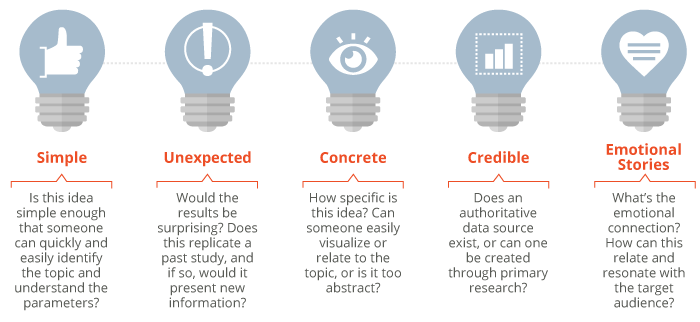
Emotion plays a significant role in our model. If an idea fails to stimulate an emotional response from the reader, the likelihood of them sharing it decreases. Additionally, journalists may be less inclined to cover the project, which may limit the reach of your campaign.
What Are Your Goals for the Content Piece?
The choice of ideas also aligns with the specific goals you have for your content. These goals could range from building high-quality backlinks, enhancing general brand awareness, boosting brand’s visibility in industry-focused publications, increasing organic traffic, to augmenting your brand’s authority.
For instance, our project “Birth Control Around the World,” commissioned by Superdrug Online Doctor, exemplifies a content piece that effectively met two goals — earning backlinks and building authority.
Did This Idea Pass the SUCCEs Model?
- The idea was simple. How is birth control used around the world?
- It had elements of unexpectedness. The withdrawal method, despite being lower in effectiveness, dominates in many regions around the world.
- It’s concrete. The idea is specific and answers the question.
- It’s credible. The data used for the analysis are all reputable and come from governmental or nonprofit sources.
- The idea has emotional resonances. Whether you’re a man or woman, single or in a relationship, birth control and contraception is something that almost everyone thinks about in their daily lives.
II. Producing an Earned Media Campaign
Transitioning from a captivating idea to a finished product is an art in itself. When crafting content campaigns, we ask ourselves, “What is the best way to execute this idea?”
There are several methods to compile data on any given topic, such as:
- Conducting surveys
- Using publicly available data
- Performing germ swabbing
- Using clients’ internal data
- Running real-life experiments
- Scraping social media
For the “Contraception Around the World” project, using publicly available data made the most sense because sourcing data from official health organizations is more accurate and has more credibility than running a survey or scraping social media for insights on that particular topic.
What we produced was informative, sparked conversation, and was directly linked to a product on the site.
Using publicly available data from the CDC, the NHS, and WHO, we sought to educate our audience on the prevalence of contraceptive methods worldwide. Despite this data being available for the public, these large data sets are often not easily accessible or understandable for the average person.
We compiled and analyzed the raw data to create visually appealing charts and graphs that can be understood at a glance. Creating visualizations and infographics is an integral part of creating off-site content primed for digital PR coverage because journalists love to share relevant images in their online articles.
Journalists and editors at online publishers are busy. If you can communicate the essence of a story in a single graphic, they’re more likely to cover your pitch than if they have to spend time reading pages of copy.
Once the graphic data visualizations are designed, the copy is written, and the study is published, digital PR campaign promotion can begin.
Merging Owned and Earned Media
The PESO model classifies any content that appears on your website or blog as owned media. In essence, all the content we create for digital public relations campaigns can be considered owned, especially when optimized for Google to boost SERP rankings, increase organic traffic, and garner potential natural links. However, the true benefit of this content type can be unlocked through digital PR tactics, categorizing it as earned media.
III. How To Promote an Earned Media Content Campaign With Digital PR
Promotion can often be the most challenging aspect of the process. If pitching doesn’t yield responses, it’s easy to feel disheartened. However, the issue might not be with earned media but rather how you’re pitching. It’s crucial to approach pitching in a strategic manner to secure top-tier media coverage.
We offer some steps for properly pitching to journalists to achieve top-tier media coverage.
1. Identify Key Insights
The initial stage of promoting any content involves deep-dive comprehension. This requires immersing yourself in the content, absorbing its nuances, and identifying elements that pique your interest or surprise you.
Jot down the main takeaways of the content and consider its unique angles. A part of this process is visualizing potential headlines that the content could inspire and imagining what specific aspects journalists would find compelling. This detailed understanding of your content lays the foundation for its successful promotion.
2. Build a Media List
With a comprehensive understanding of your content, the next step is constructing a media list. This involves identifying a list of journalists from high-authority online platforms who frequently cover topics related to your content and have recently written articles in the same domain. Aim to create a diverse list of at least 20 different journalists who could potentially be interested in your content.
Initially, the focus should be on top-tier publishers, as securing coverage from a highly reputable source can lend significant credibility to your brand and content. Once you’ve attained this initial exposure, often termed as “exclusive,” you can shift your focus to include lower-tier sites.
Despite being smaller, these sites can still contribute to the value and reach of your content within your specific niche.
3. Write an Influential Pitch
Creating a persuasive media pitch is arguably the most crucial aspect of digital PR and is, therefore, often the most discussed.
The pitch is the gateway to content outreach — it’s your first, and potentially only, chance to grab a journalist’s attention amidst the clutter of their inbox. This makes it essential to craft a pitch that’s not only effective and engaging but also concise and respectful of the journalist’s time.
Fractl has done a ton of research on this topic, and we encourage you to check out our research.
We surveyed over 500+ journalists, editors, and bloggers who write for top-tier publishers to find out what they look for in content and in PR pitches. Here’s what we found:
- Most writers (58%) prefer to receive a pitch between 100 and 200 words.
- Journalists prefer no or one follow-up email an average of three to seven days after you’ve sent your initial pitch.
- 50% of journalists receive fewer than 10 pitches a day. Just over 42% of writers reported receiving 11 to 100 pitches a day, and almost 5% receive 100+ email pitches per day.
- Over 53% of writers say they don’t subscribe to press release sources.
You can quickly review the top 10 journalist pet peeves in the graphic below.
IV. How To Measure Earned Media
Measuring your digital PR content campaign’s effectiveness can be challenging, but you can use tangible metrics to gauge whether your campaign was a success.
Brand Coverage
The most tangible way to measure success for digital PR campaigns is to review all of the reputable websites your content was featured in.
For a client based in the U.K., the initial placements resulting from outreach were precisely the types of sites their potential clients are spending time on — websites like the Telegraph, the Sun, Huffington Post U.K., and Independent.ie.
Authoritative Links
Another way earned media provides value is by linking back to your website. Throughout digital outreach, the “Contraception Around the World” project earned 75 press mentions — 17 of which had dofollow links.
You can identify the links back to your site using tools like BuzzSumo or by monitoring your brand on Google Alerts. Once you see the coverage, view the source code for the page to determine whether they linked to you and if they used nofollow or dofollow.
Consider also the authority and relevance of the link, as well as the placement of that link on the page.
Social Engagement
An unexpected way that earned media can provide value to your brand is by increasing social media mentions. When a publisher covers a story, readers who find it interesting, surprising, or emotional in some way will hit “share” and post it on their timeline.
These social media mentions are valuable because they contribute to brand awareness and expose you to new audiences.
Content Marketing Is a Marathon, Not a Sprint
Content marketing is more of a marathon than a sprint. It usually takes a significant period before you observe considerable growth. The more high-quality, strategic content you create, the higher the returns will be.
Each content marketing campaign’s success is multifactorial, and it’s important to set realistic goals and manage expectations effectively. We’ve compiled a report on industry averages that can help you manage your expectations across any niche.
But above all, remember that building your brand’s awareness and authority by leveraging earned media will significantly bolster all your marketing efforts.
